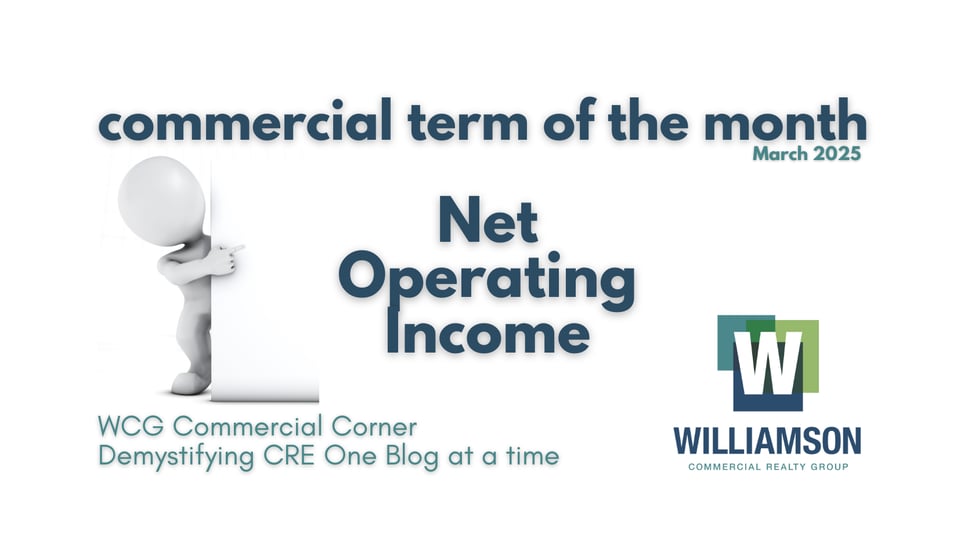Net Operating Income (NOI) in Canadian commercial real estate is a key financial metric used to assess the profitability and performance of income-producing properties. It represents the total income generated by a property from its operations, minus operating expenses; and it excludes certain financial costs like debt service, capital expenditures and income taxes.
How is NOI Calculated?
The formula for NOI is straightforward:
NOI = Gross Operating Income - Operating Expenses
- Gross Operating Income (GOI): includes all revenue generated from leasing the property, such as base rent, additional rent (i.e., common area maintenance charges, property taxes, and utilities), and any other income streams (i.e., parking fees or storage rentals).
- Operating Expenses: typically include property management, maintenance, repairs, insurance, property taxes, utilities, and other day-to-day operating costs necessary to maintain and operate the property.
What NOI Excludes:
- Debt Payments (Mortgage): NOI does not account for loan payments or interest.
- Capital Expenditures (CapEx): Large expenses like roof replacement or structural improvements are excluded.
- Depreciation and Amortization: These are non-cash accounting items and not included in NOI.
Why is NOI Important?
NOI is a critical metric for investors and stakeholders in commercial real estate because it provides a clear picture of the property's operating performance and its ability to generate cash flow before considering financing costs and tax implications. A higher NOI indicates stronger operational efficiency and profitability, while a lower NOI may suggest potential challenges or inefficiencies that need to be addressed.
Investors use NOI to evaluate the financial viability of an investment property, calculate the property's capitalization rate (cap rate), assess its potential return on investment (ROI), and determine its market value through the income approach to valuation. Additionally, lenders may use NOI to assess the property's debt service coverage ratio (DSCR) and loan-to-value (LTV) ratio when underwriting commercial real estate loans.
1. Property Valuation: Investors often use NOI to calculate a property’s value using the Capitalization Rate (Cap Rate).
2. Investment Performance: NOI helps investors compare the profitability of different properties without being influenced by financing structures.
3. Lender Assessment: Lenders use NOI to determine a property’s ability to cover debt service through the Debt Service Coverage Ratio (DSCR).
Key Considerations:
- Market Sensitivity: NOI can fluctuate due to changes in rental income, occupancy rates, or operating expenses.
- Expense Management: Controlling operating costs without sacrificing property quality is crucial to maximizing NOI.
Whether you're a landlord, investor, or tenant, understanding NOI is essential for navigating commercial real estate effectively. Wondering if your NOI is a go or a no-go? Contact me—I’ll turn those numbers into something that makes cents
Client Focused | Solution Driven | Commercial Realtors

